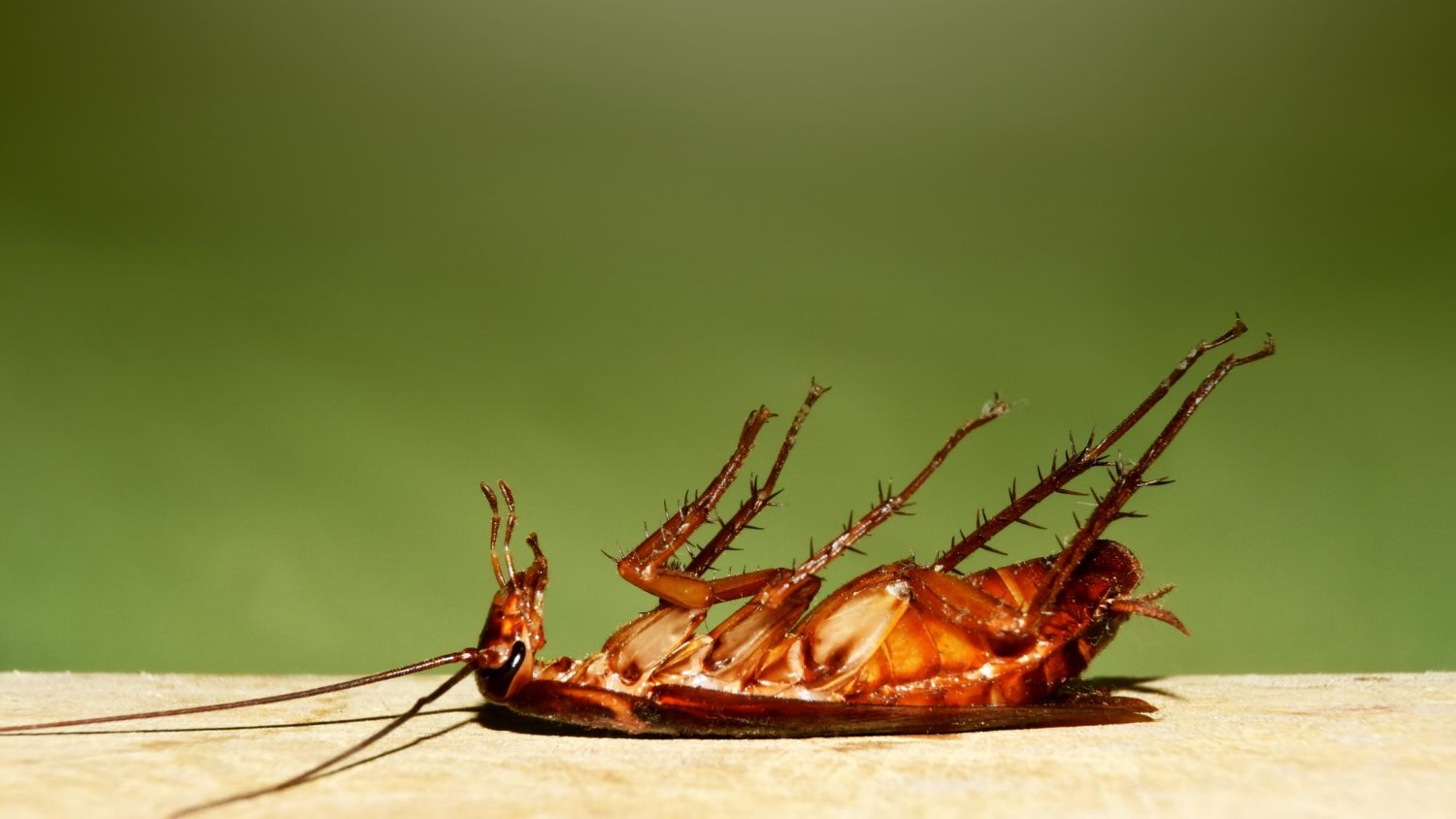A small change outside can spare a big headache inside. A tidy border around your house blocks stealthy pests before they slip under doors, ride branches to windows, or nest beside the slab. That same habit protects air quality and calm. Clean the foundation line, then keep it clear. The goal stays simple, yet the payoff grows fast because cockroaches hate open, dry, sun-lit ground where predators and people spot them quickly.
Clean perimeter, strong barrier
A house breathes through its edges, and pests rush those edges first. A clear strip along the foundation cuts hiding places, so movement gets risky for roaches. Remove leaf piles, stacked pots, toppled edging, and leftover mulch clumps. A simple rake, scoop shovel, and bin do the job well, while a work glove saves time and scrapes.
Branches that brush walls act like ladders, and stems that touch vents turn into tunnels. Trim shrubs to leave daylight between greenery and siding, then shape trees so no limbs touch the roof. Fresh cuts dry fast, and pests lose their bridges. Keep firewood off the ground and away from walls, since dry logs still shelter cockroaches when bark lifts.
Edges stay safer when soil never hugs the siding. Maintain a low, even grade so water runs out, not in. Swap wood mulch near the foundation for gravel or a thin rock band. The open texture dries quickly, and sunlight reaches the surface. That simple swap reduces shelter and slows pest traffic in quiet, practical ways.
How cockroaches exploit clutter and moisture
Roaches run on two fuels: cover and damp. When bins crowd the wall, shadows grow, and warm gaps appear. Clear that “stuff halo” around the house, including old planters, broken edging, and kids’ toys parked for months. A clean ring breaks the pattern. With fewer crevices, roaches pause, then move on because exposure raises risk.
Clogged gutters drip over the same spots, and that steady splash softens soil near the slab. Scoop out debris, then flush the downspouts so water lands far from the wall. A simple diverter or extension sends runoff to garden beds that drain well. Less splash means fewer gnats, while cockroaches lose their favorite damp fringe.
Dense groundcovers trap humidity after every shower. Thin heavy mats of ivy or mint, then create airflow with small gaps. The soil surface dries, and predators can hunt at dusk. Mechanical changes beat sprays in these zones, because structure controls moisture at the root. When the habitat shifts, pest pressure falls without harsh steps or strong odors.
Moisture control and drainage fixes that last
Water makes or breaks pest pressure near a home. French drains help only when sized and placed right, so start with basics. Reposition sprinklers that soak the foundation line and shorten run times after rain. Soil dries faster when it breathes; rake crusted mulch lightly, then let sun and breeze finish the work between cycles.
Flower beds that pond after storms signal compacted subsoil. Loosen and layer with compost for structure, then add coarse bark on top. This mix drains quickly yet holds enough moisture for plants. Puddles fade, and fungus gnats drift off. Since still water invites cockroaches, the new profile removes temptation while roots stay happy through hot weeks.
Air matters as much as soil. Vents near crawl spaces should stay open and clear, yet screened. Replace crushed vent screens and brush out lint webs. Airflow lowers humidity, and wood dries between rains. That shift protects joists and subfloors, while it also denies pests the damp corners they crave. Dry corners change everything in quiet, steady ways.
Health stakes when cockroaches share your space
Roaches carry more than a scare. Their droppings and body parts release proteins that spark allergies, and kids react most. According to the American College of Allergy, Asthma, and Immunology, allergens show up in about 63% of U.S. homes. In dense urban areas, levels reach 98%. Those particles drift, then lower indoor air quality day after day.
Small colonies grow fast, because species produce hundreds of nymphs within months. A minor issue becomes a surge while routines stay busy. Early action outside pays back inside, since fewer intruders reach kitchens and vents. Paired with door sweeps, tight screens, and tidy floors, the clean perimeter slows cockroaches before baits or gels even enter the plan.
Symptoms often blend into life. Night coughs, itchy eyes, or wheeze feel like dust, yet allergens hide in carpet seams. Deep cleaning helps, and sealed canisters trap fine particles. Still, the best fix begins outdoors. When edges dry and clutter clears, pressure drops at the source. Fewer pests means fewer fragments moving through ducts and rooms.
Keep small habits today to avoid bigger battles tomorrow
A border of clean ground, trimmed branches, and dry soil saves time, money, and calm. Start at one corner, then circle the house with a bag and a plan. Map two simple checks after storms and yard days. That routine bluntly lowers the odds that cockroaches find cover, and it protects health while it protects home.
